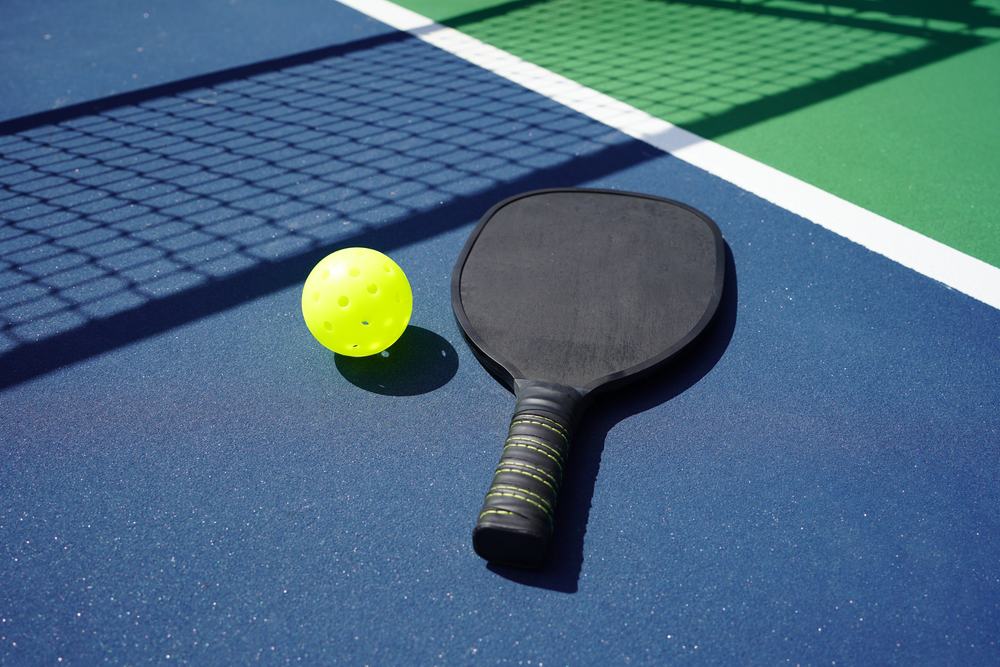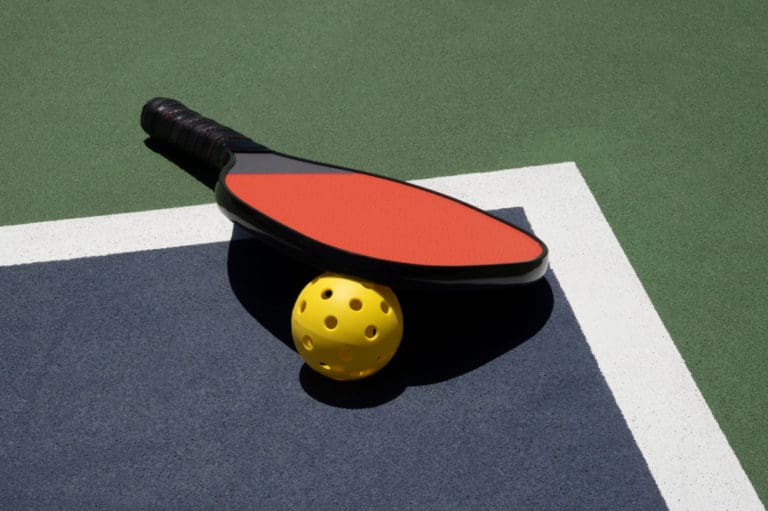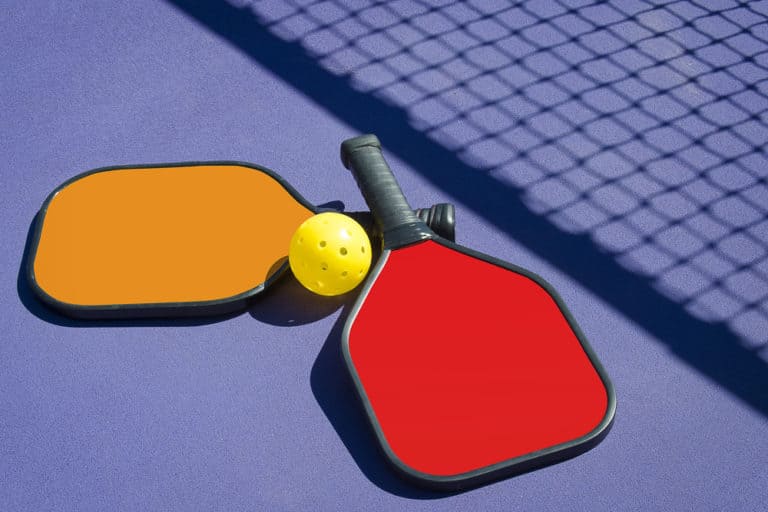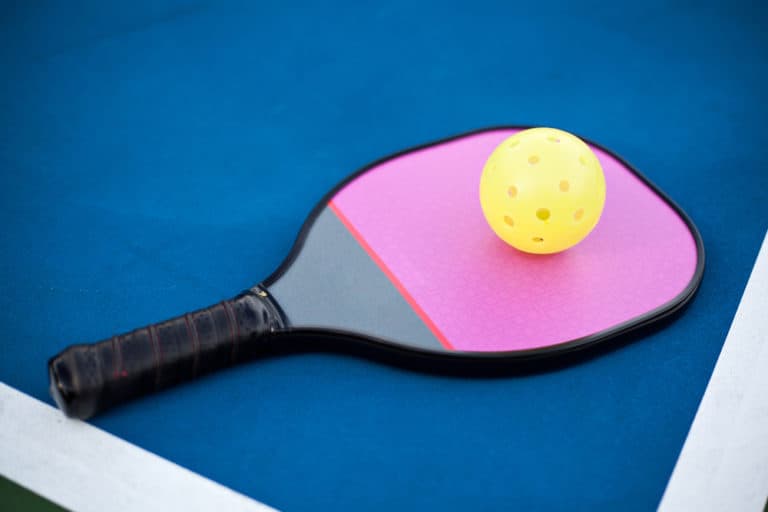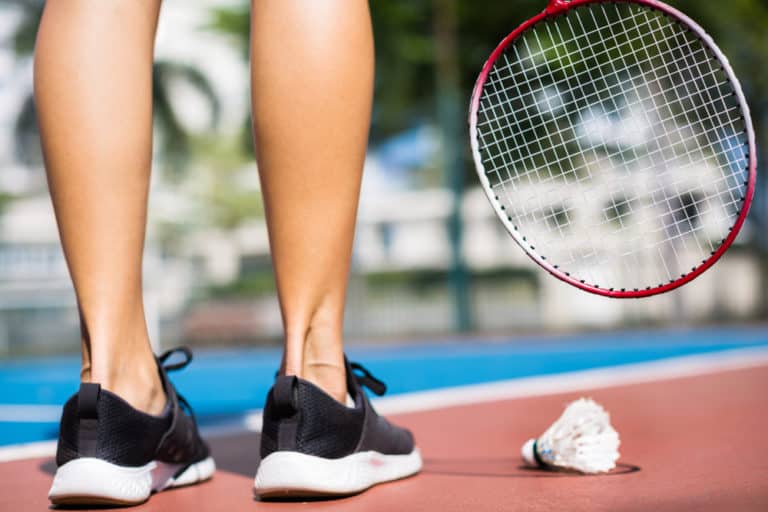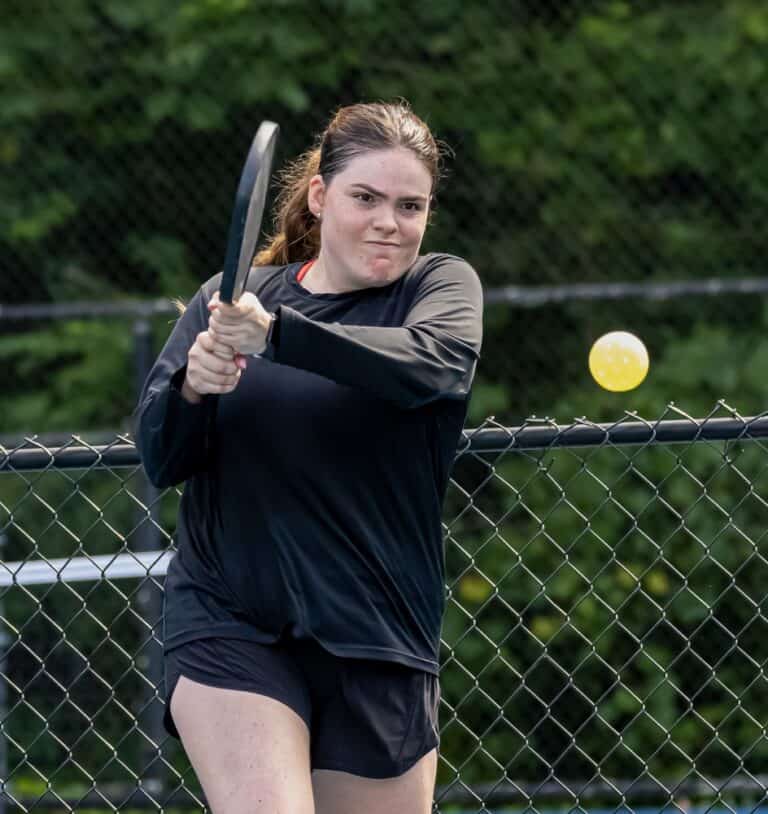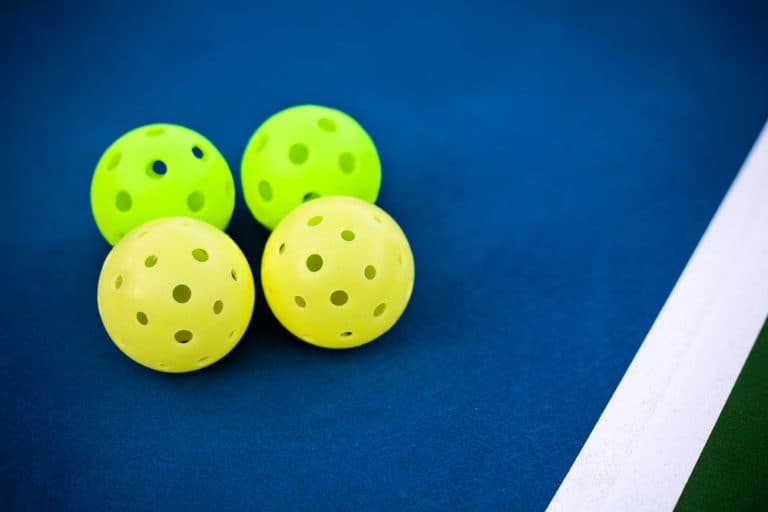What Color Ball Is Most Popular When Playing Pickleball Outdoors?
Apart from skill and the facilities you use, the primary component to any sport has to be the equipment. And choosing the right equipment could mean the difference between enjoyable or frustrating play. Therefore, we need to consider what we pack in our kit, but thankfully pickleball is a simple enough sport to get kitted out for, so what is the right color ball for outdoor play?
The most widely used color for outdoor pickleball balls is (bright) yellow, closely followed by orange and white. This is because yellow is the best color for varying lighting conditions one may encounter while playing outdoor pickleball. The only rule is they must be uniform in color.
A few sports allow you to get ready and set without having to fork out a ton on buying the initial equipment; thankfully, pickleball is one of them. So after purchasing your paddle (which you can pick up for less than $50) and sound, reliable, and sturdy footwear (this is an important one), all that is left is finding the suitable pickleball balls for you, so read on to find out more.
The Most Popular Color For Outdoor Pickleballs
As mentioned above, the most popular outdoor pickleball ball color is a bright and radiant hue of yellow. Or something similar such as vibrant orange, luminescent green, or even white. The more serious you are about pickleball, the more likely you will want to be using those that will appear in tournament-level games.
Apart from color, one also has to consider the consistency in flight and bounce abilities of the balls, so although we can stipulate which color is preferred, you should also find out which brand and, more specifically, the model of balls will be used in the tournament. There is one thing you can bank on, and that is that they will be of high quality and offer an easily visible color.
Once you have found out which ball you should be using (to get your eye in tune with those that will feature at the tournament), you can then look at where to purchase them from and what quantity you ought to buy. Some balls come in more extensive and (overall) more economical packs such as 12-packs; however, most sell in threes or sixes.
Although most tournaments will have specified balls that they require to be played with, the color of the ball is often not an issue (so long as it is uniform and not multi-colored). So be sure to ask if they will be using any particular color and if so, try to get your hands on those particular ones.
What Should You Buy In Terms Of Pickleball Balls For Outdoor Use?
An increasing number of pickleballs are being approved for tournament usage; however, the number of unsanctioned ones is also on the rise. This can make finding the right balls for you quite the challenge.
When it comes to color, there is a vast array to choose from and even multi-colored ones. However, these are far less likely to be acceptable for use in tournaments. The standard is to usually use balls with a uniform color and the official branding.
It may seem straightforward in terms of what you ought to buy, but some factors dictate the sort you should be buying. As this article is dedicated to color, that is the first one we will mention. The most obvious one is to choose colors that offer a contrast with your surroundings, so even when it comes to indoor play, there are specific colors that are preferable.
On that note, there is a distinct difference between indoor and outdoor balls, so do not allow yourself to fall into the trap of thinking that they are interchangeable, as, for the most part, they are not. Additionally, as mentioned, you want to be using balls (even for practice purposes) that the USAPA approves.
If you are unsure about the respective type of ball or the color you should purchase, then opt for a variety pack. This is because one, if not more, is likely to fall into the area that would be considered the sweet spot in terms of color (and other factors).
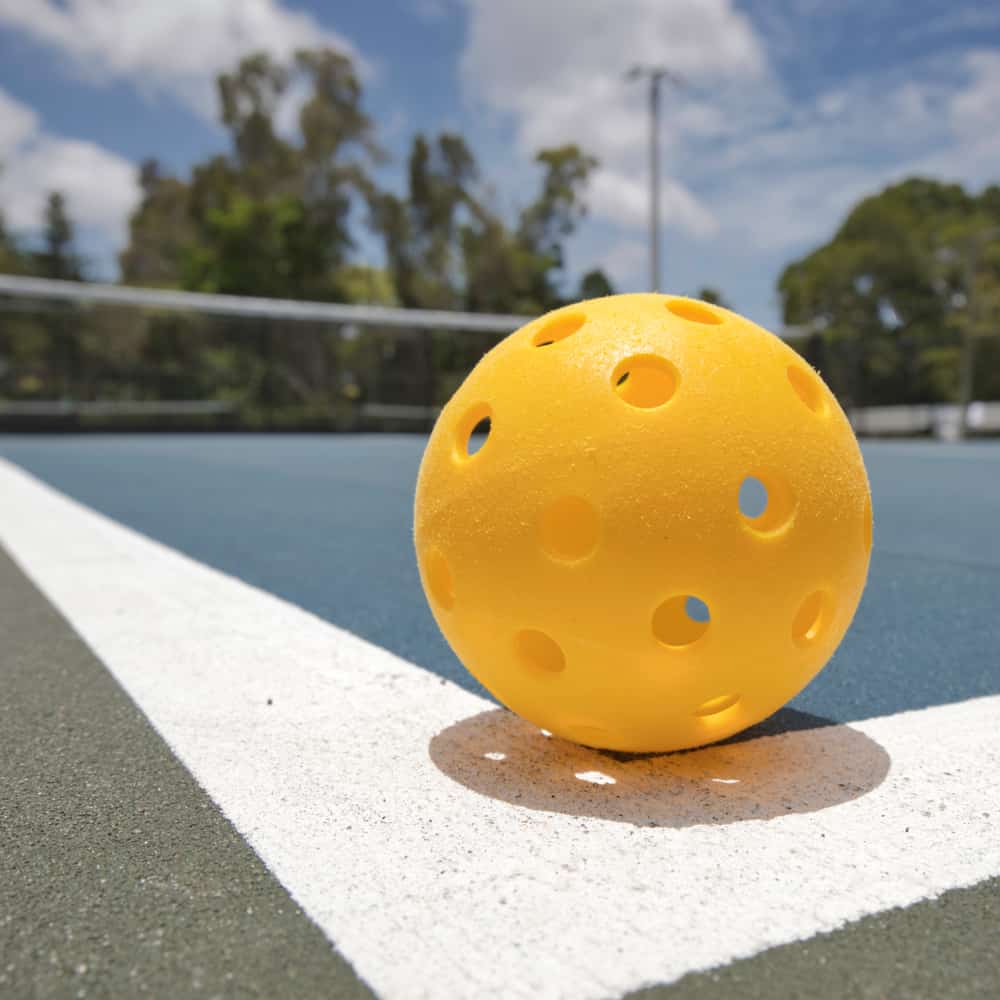
What Brands And Models Are Popular For Outdoor Pickleball?
The TOP Pickleball (Outdoor) is a great option worth trying out as they are seamless and have a one-piece construction process. These balls are available in neon colors, yellow, orange, and white.
ONIX Fuse G2 (Outdoor) is another wonderful option to choose as it offers excellent durability and is less likely to crack than some of its counterparts. These balls come in packs of 3, 6, or 12 and can be found in either orange or yellow.
Dura Fast 40 Pickleball (Outdoor) is one of the most widely used out of all those on the market, and this has to do with brand loyalty and the acknowledgment that Dura is considered the “origins” of pickleballs. The ball is also sometimes sold under the name of Dura 56. These balls can be purchased in yellow, white, orange, and neon variations.
The Lifespan Of An Outdoor Pickleball Ball
One of the main issues and struggles that pickleball players face is the issue of their balls being damaged and how frequently they need to replace them. Unlike some other racquet and paddle sports, the pickleball ball, although constructed from durable plastic, are highly prone to cracking and breaking (mainly outdoor balls; indoor balls just tend to soften over time).
Outdoor balls need frequent replacing because they are generally faced with harsher conditions, from UV rays to the court surface and even how hard players tend to hit them. Temperature is another significant factor, and in hot climates, they usually soften and become squishy, while in cooler climates, they are more prone to cracking.
Unfortunately, it is a reality that many players face, and some will even note that they need to put a fresh ball into play after as little as a few games in one day. This is not typical in the cases with those who play less frequently or for shorter periods and indoor players, who might find that their balls last them weeks if not even months.
Conclusion
As you are now aware, a bright yellow or something quite similar will be the preferred ball of choice for most players. This is because, unlike in indoor settings where the conditions (mainly lighting) are typically unwavering, outdoors, it is an entirely different story. You, therefore, want a color that can be easily spotted and is also sanctioned by the relevant bodies.
References
- https://www.si.com/review/best-pickleball-ball/
- https://www.pickleballcentral.com/Pickleball_Selection_Guide_Balls_s/158.htm
- https://pickleballkitchen.com/pickleballs/
- https://www.pickleballportal.com/gear/balls/pickleball-ball-buying-guide/#:~:text=Although%20they%20are%20now%20sold,are%20Top%2C%20Onix%20and%20Dura.
- https://www.pickypickleball.com/best-pickleball-balls/#Color
- https://pickleballguide.net/best-pickleball-balls/

